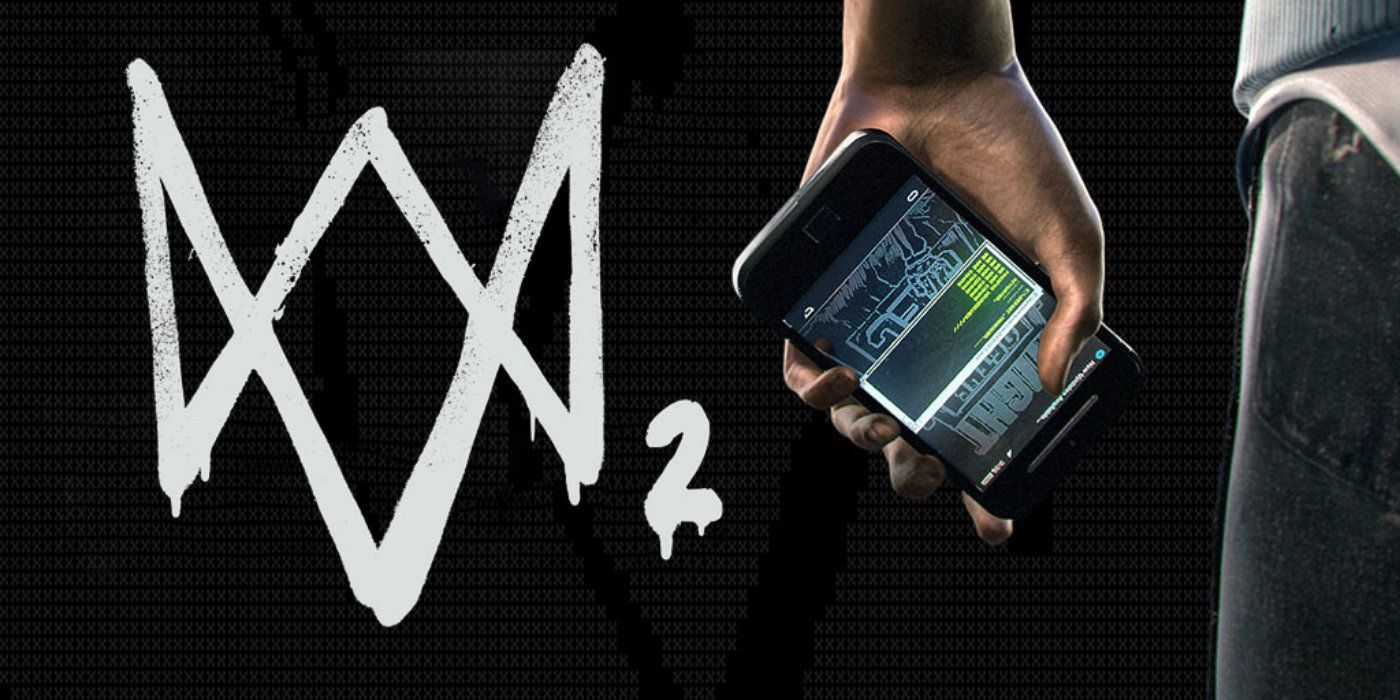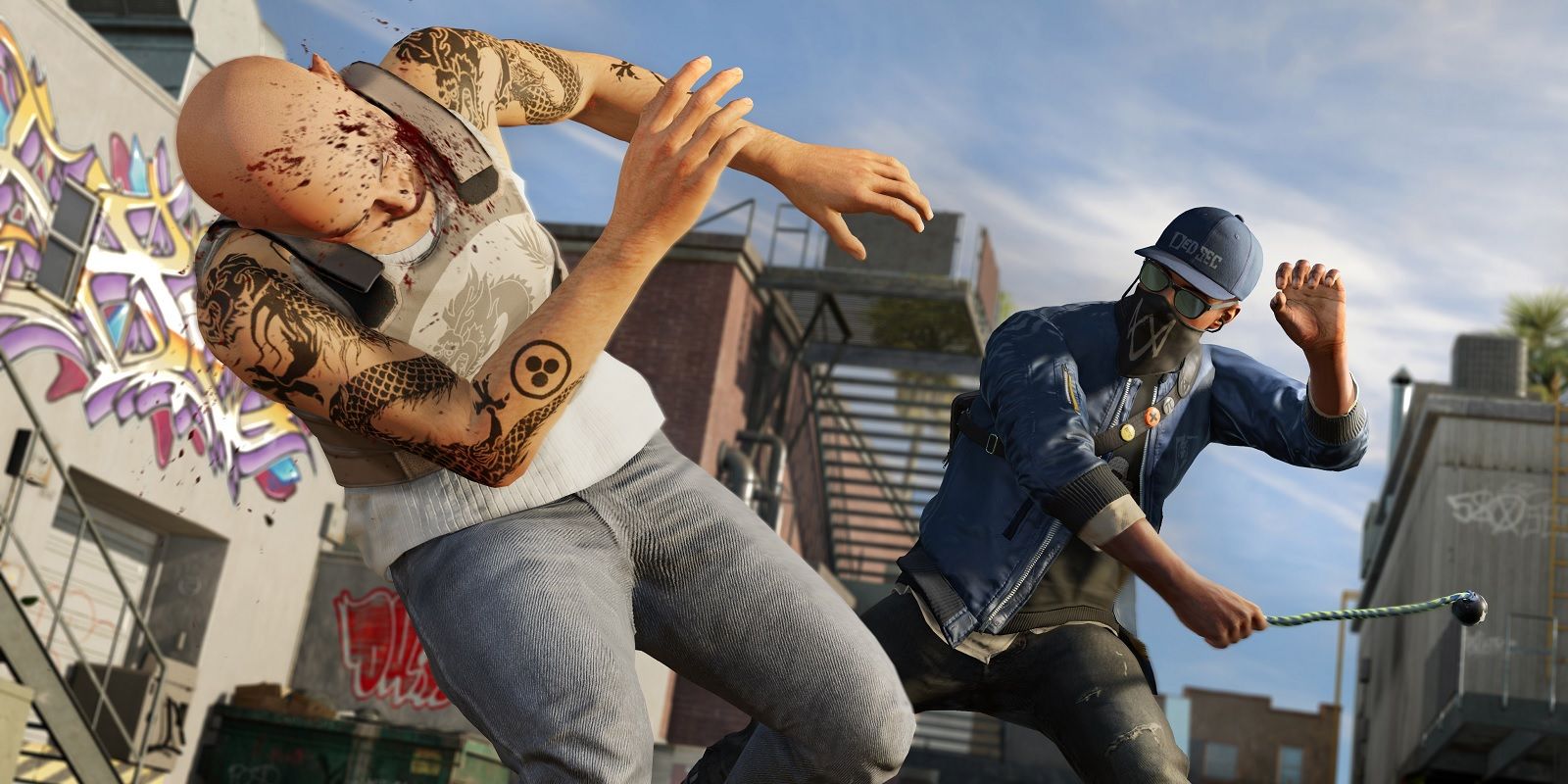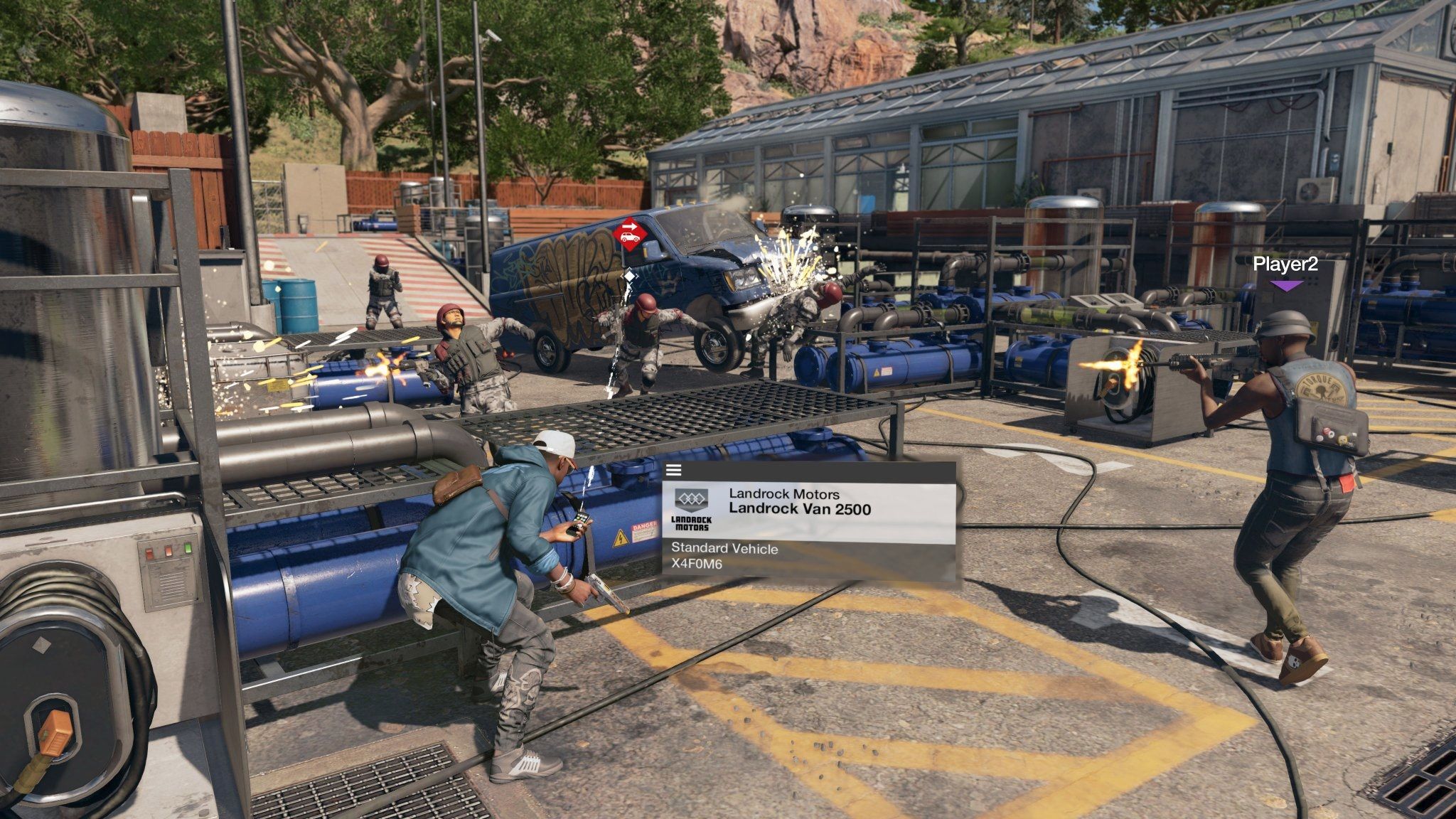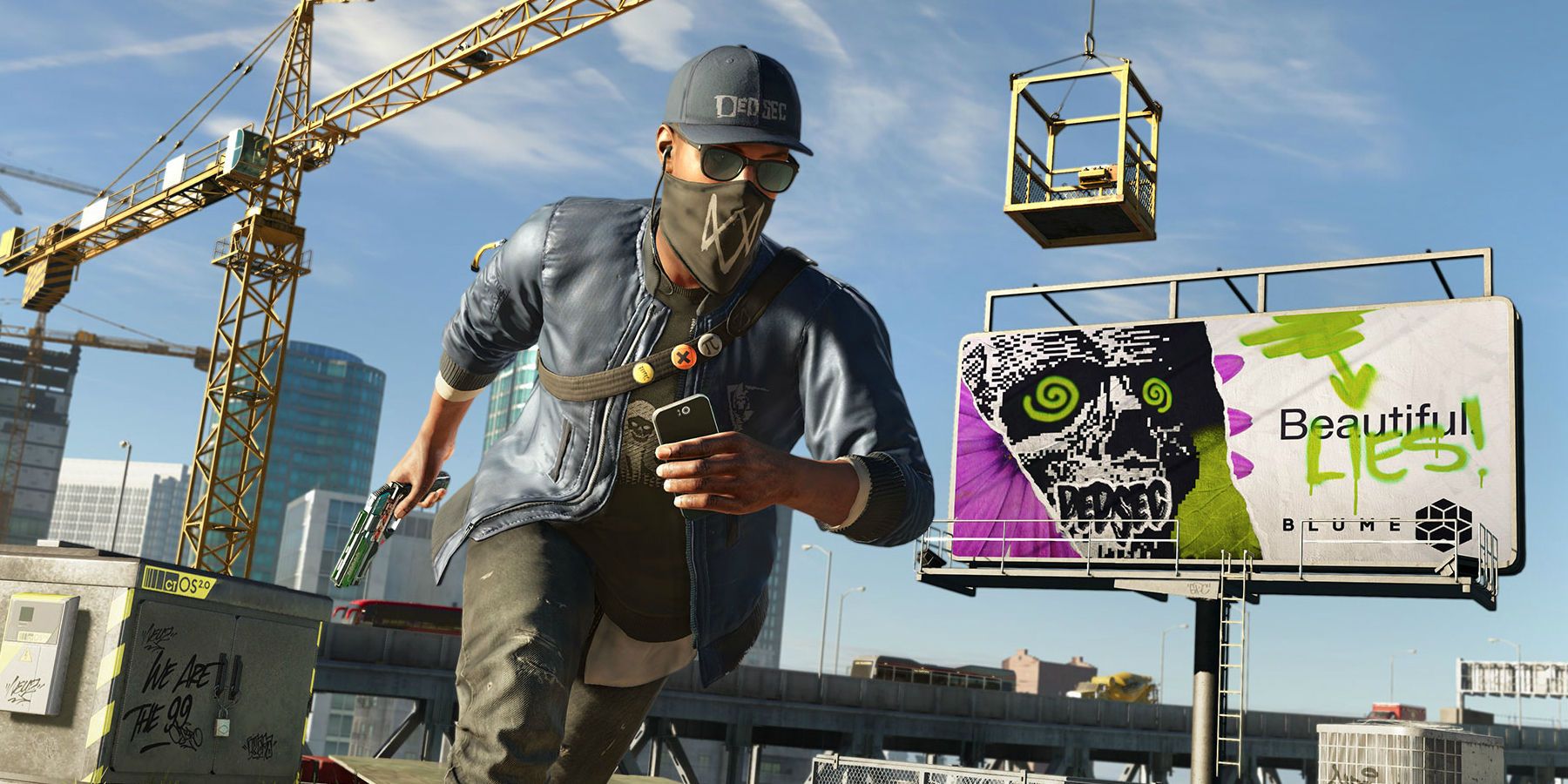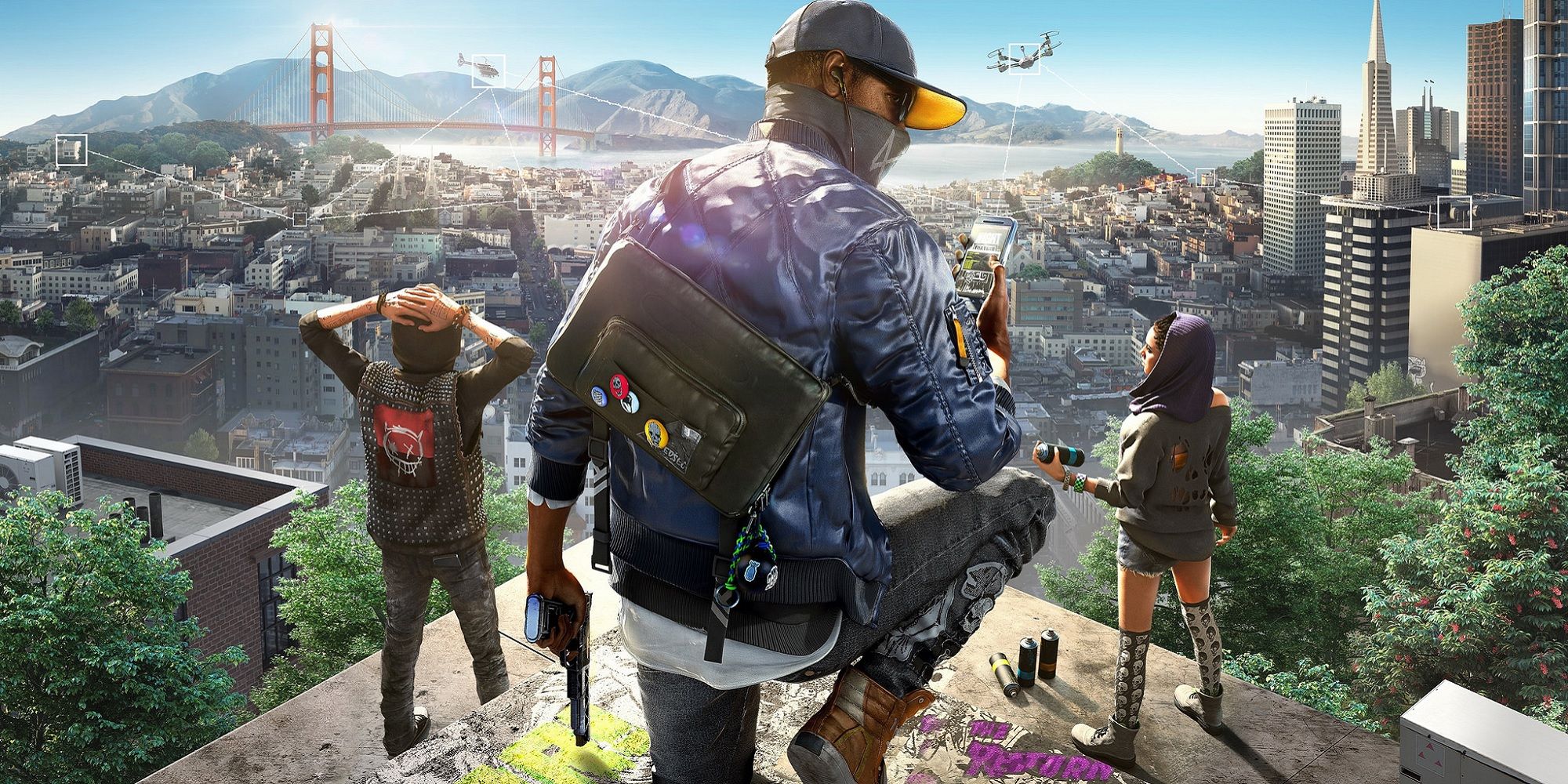NOTE: At the time of this post, online multiplayer features were still undergoing maintenance. It's safe to assume that multiplayer will function as intended shortly after launch, given that competitive hacking encounters worked well-enough in Watch Dogs; nevertheless, without time to test new features first-hand, we are focusing our impressions on the single player experience (for now).
When Watch Dogs was first revealed at E3 2012, the Ubisoft title became one of the most-anticipated games set to launch on the "next generation" PS4 and Xbox One hardware - given that the game demo teased incredible graphics, a timely storyline, and modern evolutions to open-world third-person gameplay. Unfortunately, for many, the end result (when it finally released in May 2014) was a fun but hollow proof-of-concept, rather than a fully-realized game experience. The game world was intriguing, the mechanics showed promise, and combat was unique enough to differentiate Watch Dogs from similar open-world cover-based shooters; yet, the core storyline, character, and gameplay began to drag the longer players spent hacking and fighting in near-future Chicago.
It's a familiar situation for Ubisoft and one they survived before: the first Assassin's Creed game featured an immersive sandbox, intriguing lore, and clever gameplay concepts, only to be undermined by an unlikable protagonist, bland story, and clumsy mechanics. Nevertheless, the studio took the foundation established in Assassin's Creed and built on it - turning proof-of-concept into one of 2009's best games: Assassin's Creed II. As a result, it should come as no surprise that Watch Dogs 2, like Assassin's Creed II long before it, is a drastic improvement over its predecessor - albeit one that shakes up the franchise in ways that may not appeal to some established fans.
The biggest difference that Watch Dogs players will notice in Watch Dogs 2 is a marked shift in tone. Where Watch Dogs was criticized for its overly-serious and dull protagonist, not to mention dour Chicago setting, Watch Dogs 2 swings the opposite direction - borrowing heavily from the irreverent and cartoonish tone of the Grand Theft Auto series, most notably. Watch Dogs 2, and its exaggerated San Francisco Bay Area, are dripping with on-the-nose social satire, colorful pop culture references, and crude humor - changes that make the game more entertaining but can be at odds with both violent combat mechanics and a socially conscious story. Where the first game was fictional, and featured embellished characters, it was a more grounded experience - designed to be enjoyed but also make players reflect on personal privacy in the age of "Smart Technology" and "The Internet of Things." Watch Dogs 2 makes similar points but, sometimes, takes a lower road to get there.
The disconnect in tone and game world is most noticeable in the Watch Dogs 2 protagonist, super hacker and pop culture lover, Marcus Holloway. Unlike the self-serious Aiden Pearce, Marcus is a quirky goofball who, in most of his interactions with the supporting Watch Dogs 2 cast, is presented as a likable and good-hearted, albeit tough, geek who just wants to free the world from greedy corporations that exploit personal privacy and control public policy - making it all the more bizarre when, in certain scenarios, Marcus has little choice but to pull out an assault rifle and kill police officers, security guards, as well as various other threats (not to mention innocent bystanders). It's a continuation of a key Watch Dogs criticism: when hacking gameplay doesn't work as intended, or the player finds themselves in a tough spot, Ubisoft undermines what sets their game apart from similar titles - by falling back on one of gaming's most tired and unoriginal mechanics: third-person shooting.
Ultimately the game allows players to determine how they want to play but Watch Dogs 2 rarely forces gamers to think outside the box - since they can always resort to gunplay. While that approach will make the game more accessible for casual players and position the title for success alongside popular shooter franchises, there's little that encourages players to look beyond their comfort zone, master the hacking mechanics, and minimize lethal encounters. The main point of being a hacker is to affect change through technology - but, in the world of Watch Dogs, a gun is still an acceptable (if not preferable) substitute.
That all said, for those who enjoyed the gameplay in the original Watch Dogs or similar open-world games, Watch Dogs 2 is an improvement in nearly every single way - especially when it comes to mission variety and hacking mechanics. Where the original Watch Dogs sent players to various locations in the open world, the game rarely delivered unique set piece moments that were guided by hacking gameplay (much less story). Lack of mission variety, in particular, was a key reason that so many players abandoned Watch Dogs after only a few hours. Watch Dogs 2, on the other hand, introduces players to a series of unique locations, characters, and situations - and each is entertaining for one reason (as social satire) or another (inspired implementation of hacking gameplay). As mentioned earlier, some locations and characters aren't as clever as they are low-brow appeals to be "edgy" (such as a nudist colony with completely naked and anatomically correct virtual humans) but even the most ridiculous caricatures are, at the very least, entertaining - an area where Watch Dogs routinely fell short.
Ubisoft has also made progress in ensuring that the game's trademark hacking features are more intuitive, easier to use, and provide more options than before. Tried-and-true hacking tools, such as the "blackout" feature or surveilling an NPC by jumping from camera feed to camera feed, are still available - while the studio has also added new abilities (such as Gang Attack and APB: Suspect Located) that allow Marcus to create distractions, providing an edge in specific scenarios, as well as mega-powerful end-game tools (like Massive Communication Disruption) that can mean the difference between success and failure in especially difficult encounters.
Ubisoft has also added two new tools that are essential to the experience, and helpful in playing Watch Dogs 2 with minimal reliance on lethal weaponry: the RC car and Quadcopter. Both remote gadgets extend range and flexibility in hacking - preventing another setback in the original Watch Dogs game: Aiden often had to be close to hackable objects (left susceptible to easy detection by patrolling enemies). Used effectively and often, the RC car and Quadcopter become a dynamic extension of Marcus - opening up smarter and more efficient paths to accomplishing mission goals (and having fun in the process).
Watch Dogs 2 is a massive refinement of the already intriguing foundation established in Watch Dogs. Gameplay, missions, character, and story are all improved - and, together, provide a solid open-world experience. However, Watch Dogs 2 is limited some by how buyers choose to play the game - as relying on gunplay, rather than hacking, is often an easier, though less rewarding and narrative-breaking, approach to completing objectives. For that reason, players should know that, to get the full experience, they will want to take extra time to surveil, find clever vulnerabilities in enemy systems to exploit, and look for unique ways to interact with the Watch Dogs 2 sandbox, if they want to enjoy what truly sets Ubisoft's sequel aside from other open-world third-person shooter titles.
NEXT: Titanfall 2 Deserves Your Attention
Watch Dogs 2 is available now for PS4, Xbox One, and PC.

